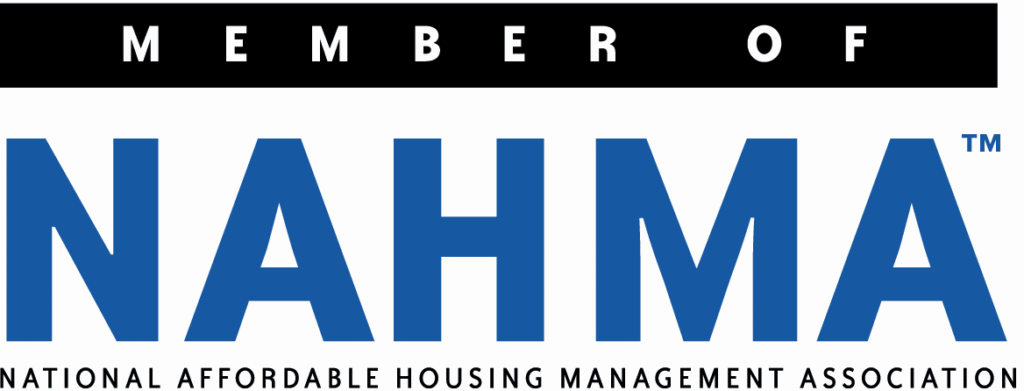Good communication is a cornerstone of successful businesses. Team members collaborate with one another, and departments act in harmony working toward common goals. If members of your organization are not communicating openly, your business is not running as efficiently as it could be.
Open communication is about much more than a harmonious office. Yes, constructive communication helps people get along, but there’s so much more. Creating and maintaining open communication in the workplace helps organizations move more quickly when opportunities arise. When communication is lacking, your organization runs more slowly, and sometimes information never reaches the people it needs to reach.
Implement the principles described below to maintain open communication in your workplace.
1. Be transparent from the top down
Communication is one of the many things an organization’s leaders must model for employees. Through modeling behavior, leaders show their followers examples of what appropriate behavior looks like. If leaders hoard information, so will employees. If leaders share as much information as possible, followers will have the courage to do so in return.
There’s an old business adage about judging the health of an organization by how fast bad news travels up the management chain. Model open communication to give your employees the permission to alert you to information you don’t want to hear but need to hear. Open communication in leadership is the starting point for open communication elsewhere in the organization.
2. Ask employees for feedback
Inviting your personnel to offer feedback encourages open communication. You show them you know you don’t have all the answers and that you value their input. Even when you feel like your plan of action is air-tight and unassailable, ask employees for feedback. They can see things you can’t. They may help you prevent a costly blunder, and all the while, you’re building a workplace that encourages open communication.
3. Demonstrate respect for employees
Demonstrating respect for employees shows you value them. When employees speak with you, give them your full attention. Make eye contact. Turn away from electronic devices. Make sure your body language communicates your attentiveness.
Listen intently, and ask questions to ensure your understanding. Demonstrating respect is a proven way to encourage open communication in the workplace.
4. Tackle problems head-on
Too many organizations sweep problems under the rug. Out of sight, problems tend to fester rather than resolve themselves. When a leader calls attention to a problem and enlists help to resolve it, employees rally around the issue. They communicate openly and honestly as long as they’re given the leeway to do so. Again, effective leaders model behavior they want repeated.
5. Get to know others on a personal level
It’s difficult to be honest with people you don’t know. Societal norms dictate honesty up to a point with strangers. For instance, you don’t really tell a stranger or acquaintance that you’re having a terrible day when the person asks, “How’s it going?” You only answer that question honestly with people you know well and trust.
Getting to know others in your organization on a personal level breaks down some of the walls that cause people to conceal the truth. As you get to know others personally, you begin to share bonds outside the confines of work. In a strange way, you appear more human and become someone people are more likely to communicate with openly.
6. Be approachable
In order to receive essential communication, leaders need to be approachable. Are you someone whose mood dramatically shifts when receiving bad news? Do you fly off the handle? If you do, stop it! An approachable demeanor elicits more information than a sour disposition.





